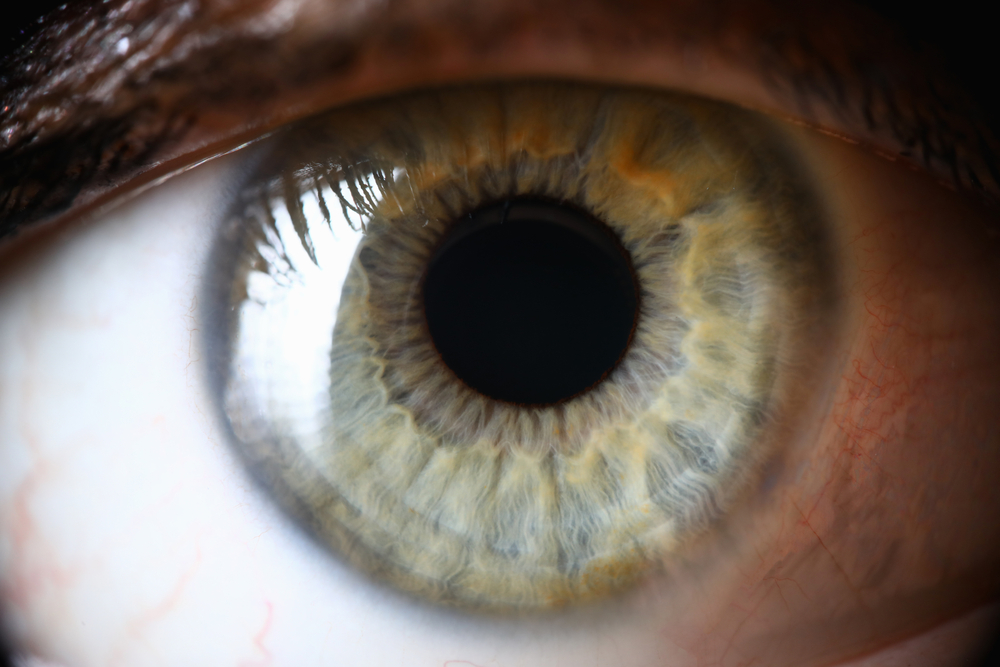Attention-Deficit/Hyperactivity Disorder (ADHD) is a neurodevelopmental condition characterised by difficulties with attention, impulsivity, and hyperactivity. Traditionally, treatment options include medication, therapy, and cognitive behavioural interventions. However, as our understanding of ADHD evolves, alternative therapeutic approaches are gaining attention—one of which is Eye Movement Desensitisation and Reprocessing (EMDR).
What is EMDR?
EMDR is a psychotherapy approach initially developed to treat post-traumatic stress disorder (PTSD). It involves guided eye movements or other forms of bilateral stimulation (BLS) to help individuals process distressing memories and associated emotions. The goal is to reduce the emotional charge of traumatic or overwhelming experiences, allowing individuals to reframe negative beliefs and improve emotional regulation.
Why Consider EMDR for ADHD?
While EMDR is not a conventional treatment for ADHD, it may address some of the emotional and cognitive challenges associated with the disorder:
1. Emotional Dysregulation: Many individuals with ADHD struggle with intense emotions, such as frustration, anxiety, or low self-esteem. EMDR can help process underlying triggers for these feelings, promoting emotional balance.
2. Trauma and ADHD: There is often an overlap between ADHD and a history of trauma. Early adverse experiences can exacerbate ADHD symptoms or mimic them. By addressing unresolved trauma, EMDR may indirectly reduce the severity of ADHD-related challenges.
3. Cognitive Shifts: ADHD is often accompanied by negative self-beliefs, such as feeling “lazy” or “stupid.” EMDR works to replace these maladaptive beliefs with positive ones, which can help individuals better manage their symptoms.
How EMDR Works in the Context of ADHD
1. Assessment and Targeting: The EMDR therapist identifies specific memories or triggers that contribute to emotional dysregulation or negative self-perceptions.
2. Bilateral Stimulation (BLS): During EMDR sessions, the therapist guides the client through eye movements, tactile taps, or auditory tones while they recall a distressing memory. This process helps “reprogram” how the brain stores the memory, reducing its emotional intensity.
3. Positive Cognition Development: EMDR sessions focus on fostering positive beliefs and coping mechanisms, such as “I am capable” or “I can focus,” which can empower individuals with ADHD.
Emerging Research and Benefits
Although research on EMDR for ADHD is still in its infancy, anecdotal evidence and preliminary studies suggest promising outcomes. Some potential benefits include:
• Improved Focus and Attention: By reducing emotional stress and addressing past trauma, individuals may find it easier to concentrate and manage ADHD symptoms.
• Better Emotional Regulation: EMDR can help individuals respond more calmly to challenging situations, a common difficulty for those with ADHD.
• Enhanced Self-Esteem: Addressing negative self-perceptions can lead to a more positive self-image and greater confidence in managing ADHD-related challenges.
Challenges and Considerations
• Limited Research: While EMDR shows potential, more robust clinical trials are needed to establish its efficacy for ADHD.
• Therapist Expertise: Successful outcomes depend on working with a trained EMDR practitioner familiar with ADHD.
• Complementary Approach: EMDR is not a standalone treatment for ADHD but may be most effective when combined with other therapies, such as medication or behavioural strategies.
Conclusion
EMDR represents a novel and exciting possibility for individuals with ADHD, particularly those with co-occurring trauma or emotional challenges. While more research is needed, early findings suggest that it can help individuals process distressing experiences, regulate emotions, and develop positive coping mechanisms. For those seeking an alternative or complementary approach to ADHD treatment, EMDR offers a new avenue worth exploring.


